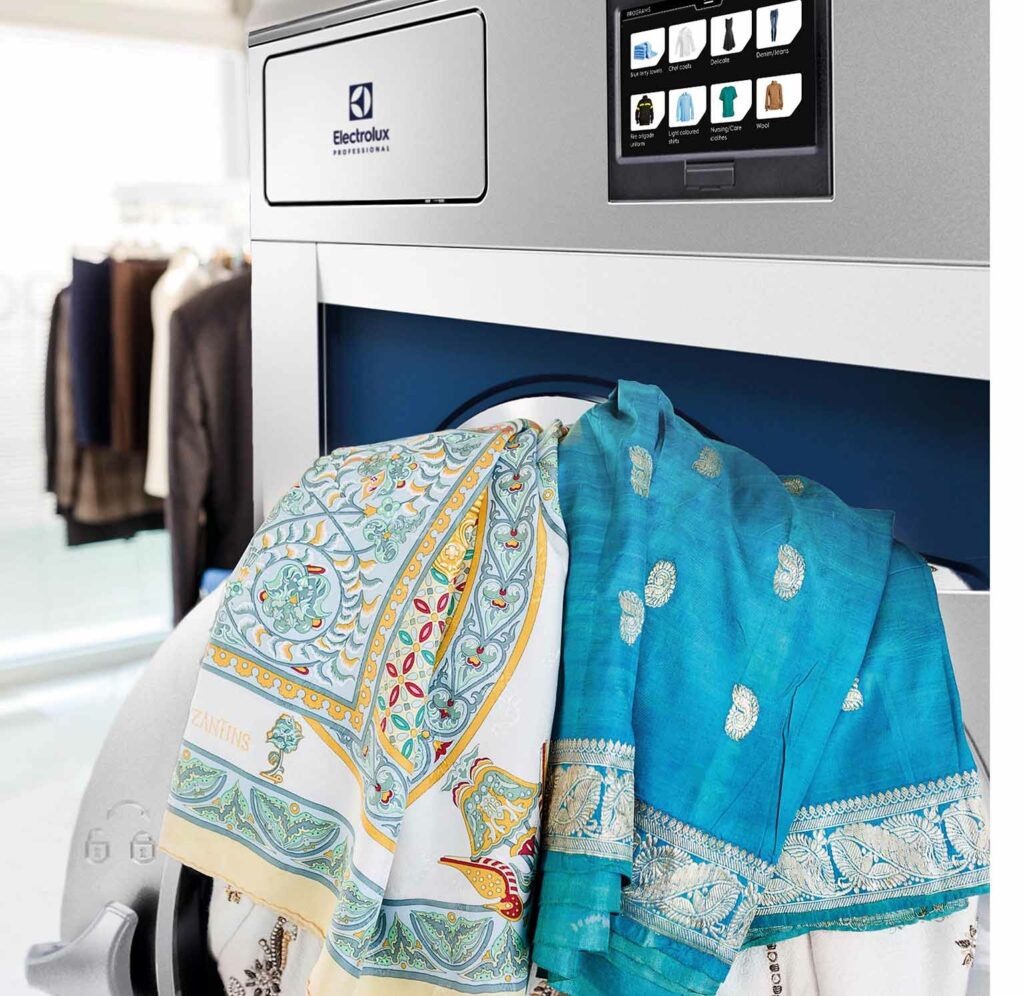Choosing between wet cleaning and dry cleaning can be a crucial decision when it comes to cleaning delicate garments. To make an informed choice, it’s essential to understand the differences and consider the pros and cons of each method. This article will provide an overview of wet cleaning and dry cleaning, highlighting their distinctions and outlining the advantages and disadvantages associated with both. Why should you prefer one instead of the other? Understanding the pros and cons of these two processes can be helpful, especially when you need to clean sensitive fabrics or materials.
Difference Between wet cleaning and dry cleaning systems
Wet cleaning and dry cleaning are distinct methods of cleaning garments and fabrics, differing in their approach to water and solvents. Dry cleaning, as the name suggests, does not involve water. Instead, it employs chemical solvents, such as perchloroethylene (PERC), in a machine that resembles a washing machine. Wet cleaning, on the other hand, utilizes water as the primary cleaning agent. Specialized washing machines are used to control water levels, agitation, and temperature, ensuring proper cleaning without damaging the fabric.

What is meant by wet cleaning
Wet cleaning refers to professional cleaning methods that avoid the use of chemical solvents, unlike traditional dry cleaning. Wet cleaning employs water as the primary cleaning agent, making it a more sustainable choice. Recent studies have shown that wet cleaning methods are better for the environment compared to PERC-based dry cleaning.
Furthermore, wet cleaning can be used without shrinking or damaging garments that typically require dry cleaning. In fact, some countries, such as France, have even banned the use of PERC.
Pros and cons of wet cleaning
Wet cleaning offers several advantages, such as reducing air and water pollution since no hazardous chemicals are used. The cleaning agents utilized are typically biodegradable and less harmful to the environment. Wet cleaning is also beneficial for customer health, as it eliminates the risk of skin contact with solvent residues. However, opponents of wet cleaning argue that it can cause damage to clothes, including seam slippage, snagging, felting, or color fading. They refer also to the risk of dimensional changes.
What is dry cleaning
Dry cleaning is a process that uses a solvent other than water to clean clothing and textiles. Garments are placed in specialized dry-cleaning machines, where a chemical solvent, traditionally PERC, dissolves oils, and stains from the fabric. Dry cleaning is often preferred for fabrics, especially synthetics like viscose, lyocell, modal, and cupro, which may react poorly with water.
Pros and cons of dry cleaning
Dry cleaning offers several advantages, including gentle cleaning that does not alter clothes and achieves a thorough cleaning result. It can be used for various fabrics and textiles of different sizes. However, dry cleaning has some drawbacks. It is often more expensive than wet cleaning, uses many hazardous solvents, is not considered sustainable, and may not completely remove certain types of stains, as well as not removing odors.
Why choose wet cleaning over dry cleaning?
There are several situations where wet cleaning may be preferred over dry cleaning:
- Sustainability: Wet cleaning is generally considered more environmentally friendly, using water-based biodegradable detergents instead of chemical solvents. It reduces air and water pollution and promotes eco-friendly practices.
- Fabric Longevity: Wet cleaning is suitable for a wide range of fabrics, including delicate and sensitive materials. Fabrics like silk, wool, cotton, linen, and synthetic blends can be safely wet cleaned, maintaining their quality and longevity.
- Washing Performance: Wet cleaning effectively removes water-based stains, dirt, sweat, food spills, and most oil-based stains. It does also effectively eliminate odors, leaving garments fresh and clean.
- Safety: Wet cleaning avoids the use of harsh chemical solvents, making it a safer option for cleaners and customers, particularly those with sensitivities or allergies.
- Cost Considerations: Wet cleaning can be more cost-effective in certain cases, avoiding the use of expensive chemical solvents.

Conclusion
Wet cleaning is an effective and sustainable method for cleaning clothes. With Electrolux Professional lagoon Advance Care, high productivity and excellent results can be achieved while saving energy and money in the long run. Our innovative products and cutting-edge technologies make wet cleaning a desirable choice for cleaning delicate garments.
Recent Comments